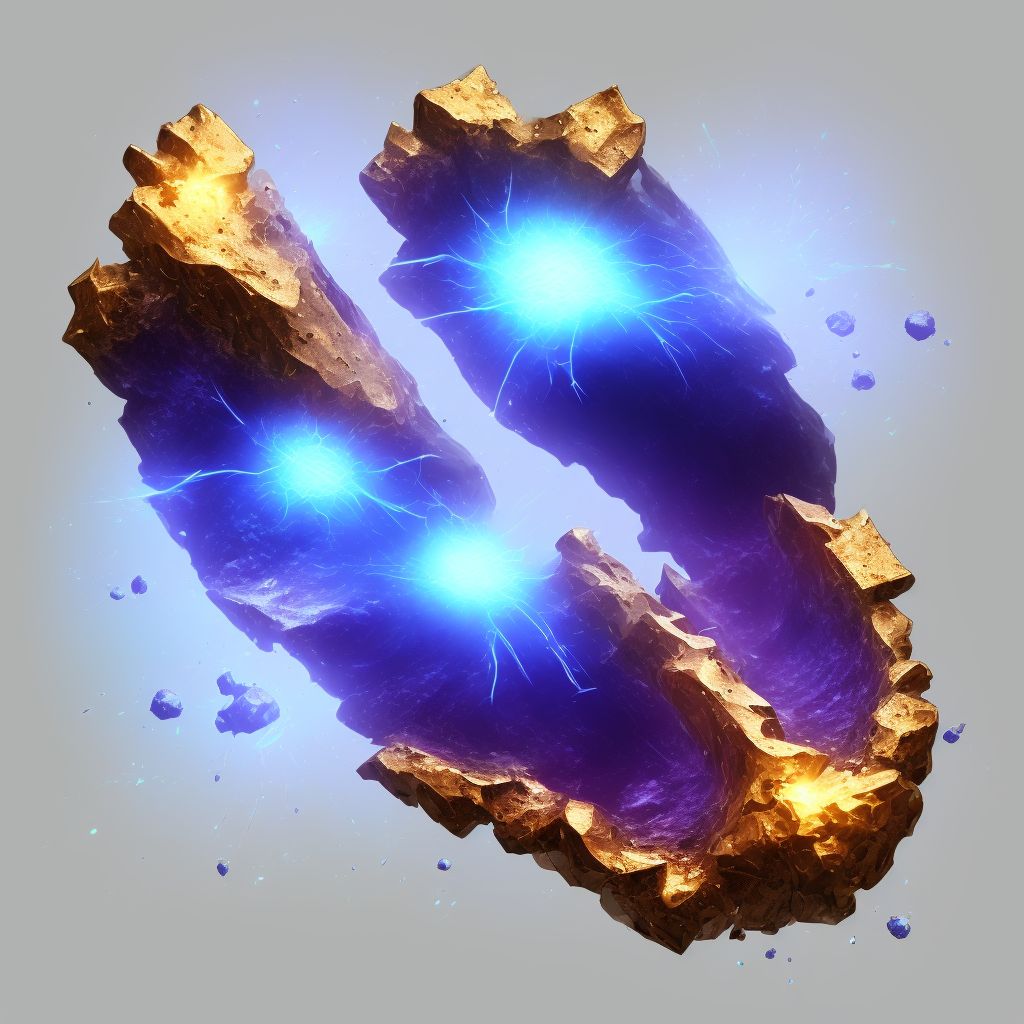
Other fracture of shaft of left tibia, subsequent encounter for open fracture type IIIA, IIIB, or IIIC with nonunion Save
ICD-10 code: S82.292N
Disease category: S82.292: Other fracture of shaft of left tibia
Understanding Other Fracture of Shaft of Left Tibia, Subsequent Encounter for Open Fracture Type IIIA, IIIB, or IIIC with Nonunion
In the field of orthopedics, fractures are common injuries that can occur in various parts of the body. One specific type is an "other fracture of the shaft of the left tibia, subsequent encounter for open fracture type IIIA, IIIB, or IIIC with nonunion." This complex medical term refers to a specific type of fracture in the left tibia that has resulted in an open fracture and subsequent complications.
Fractures of the left tibia can be classified into different types based on their severity. Open fractures, also known as compound fractures, are particularly severe as they involve the bone breaking through the skin, increasing the risk of infection and other complications. Type IIIA, IIIB, or IIIC open fractures are the most severe, with varying degrees of soft tissue damage and bone loss.
Nonunion refers to a situation where the fractured bone fails to heal properly, leading to a persistent gap between the bone ends. This condition can be caused by several factors, including poor blood supply, infection, inadequate immobilization, or excessive movement at the fracture site.
Patients with "other fracture of the shaft of the left tibia, subsequent encounter for open fracture type IIIA, IIIB, or IIIC with nonunion" require specialized medical attention. Orthopedic surgeons and healthcare professionals will assess the severity of the fracture, the extent of soft tissue damage, and the presence of nonunion to develop an appropriate treatment plan.
- Thorough examination: Doctors will conduct a comprehensive physical examination, including imaging tests such as X-rays, CT scans, or MRI scans, to evaluate the severity of the fracture, the position of the bone fragments, and the extent of soft tissue damage.
- Wound management: Open fractures require immediate attention to prevent infection. The wound will be cleaned, and appropriate antibiotics will be administered to reduce the risk of complications.
- Stabilization: To promote healing, the fractured bone may need to be realigned and stabilized. This can be achieved through various methods, including casting, external fixation, or internal fixation using plates, screws, or rods.
- Monitoring and follow-up: Patients with nonunion require regular monitoring to ensure proper healing. Further interventions, such as bone grafting or additional surgical procedures, may be necessary to stimulate bone growth and encourage union.
It is crucial for patients with "other fracture of the shaft of the left tibia, subsequent encounter for open fracture type IIIA, IIIB, or IIIC with nonunion" to seek immediate medical attention and follow the recommended treatment plan. With proper care and intervention, patients
Treatment of Other fracture of shaft of left tibia, subsequent encounter for open fracture type IIIA, IIIB, or IIIC with nonunion:
Treatment Options for 'Other Fracture of Shaft of Left Tibia, Subsequent Encounter for Open Fracture Type IIIA, IIIB, or IIIC with Nonunion'
When it comes to the treatment of 'Other Fracture of Shaft of Left Tibia, Subsequent Encounter for Open Fracture Type IIIA, IIIB, or IIIC with Nonunion,' it is essential to consider various options depending on the severity of the injury. Here...
To see full information about treatment please Sign up or Log in